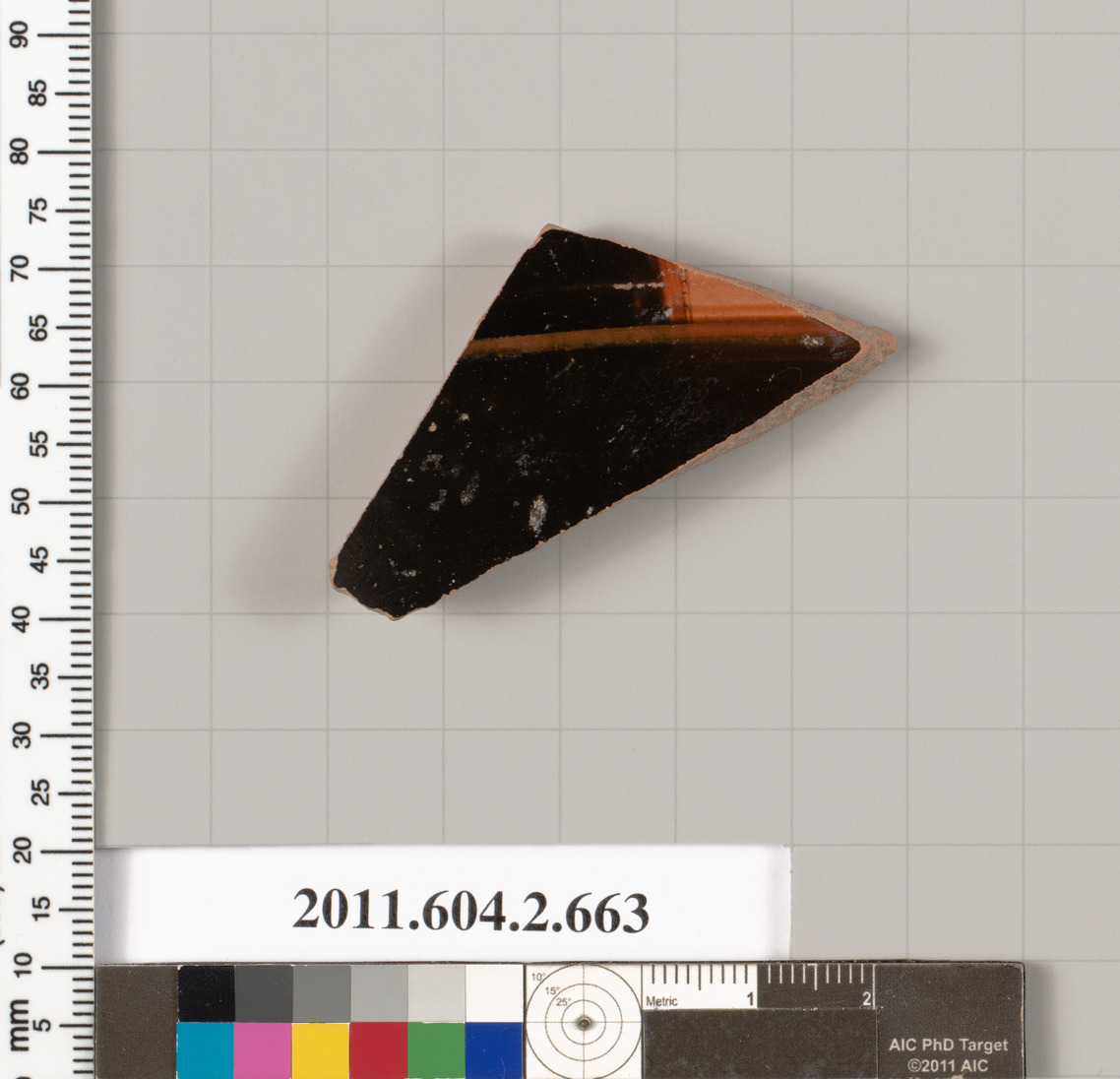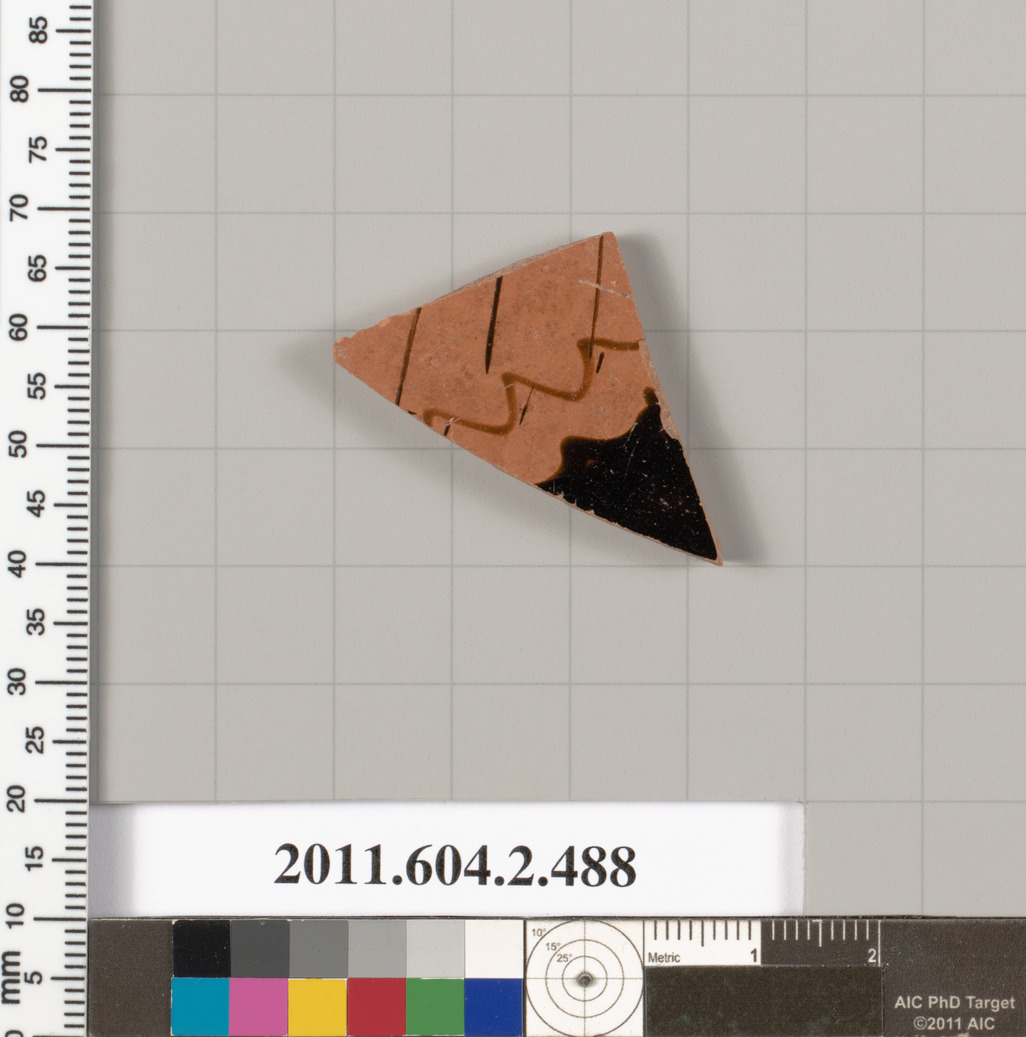

The firing was stopped before the slip turned red once again. The fresh oxygen supply turned the pottery back to red. Download Image Zoom slide 1 to 5 of 5 Column Krater with Komos Agrigento Painter (Greek, active ca. The kiln was then starved of oxygen and filled with carbon monoxide (by using wet fuel), causing the slip to turn black. Careful control of the firing process allowed Greek potters to oxidise the body of the pot, turning it red, by keeping the kiln well ventilated. The vase is decorated in the 'red figure' technique in which the areas surrounding the figures are painted in a slip (mixture of clay and water), leaving the red pottery showing through. Title: Terracotta column-krater (bowl for mixing. These formed the nucleus for Hope's own collection of vases, which he displayed at Duchess Street. Download this artwork (provided by The Metropolitan Museum of Art). In 1801 Hope purchased the second collection of ancient vases formed by Sir William Hamilton, formerly the British Ambassador to the Naples court. (1807), illustrating objects he had designed for his London house at Duchess Street. Public domain photograph of 3d object, free to use, no copyright restrictions image - Picryl description. Free for commercial use, no attribution required.

The most important of these publications was Household Furniture and Interior Decoration. Download Image of Terracotta column-krater (bowl for mixing wine and water). The vase was once owned by Thomas Hope (1769-1831), the collector, connoisseur, patron and designer, who published a number of influential books of designs. The krater was an ancient Greek vase with two handles that was used to mix wine and water.


 0 kommentar(er)
0 kommentar(er)
